Detour #243: Jurassic Parking on the Dinosaur Trail, Nevada, USA
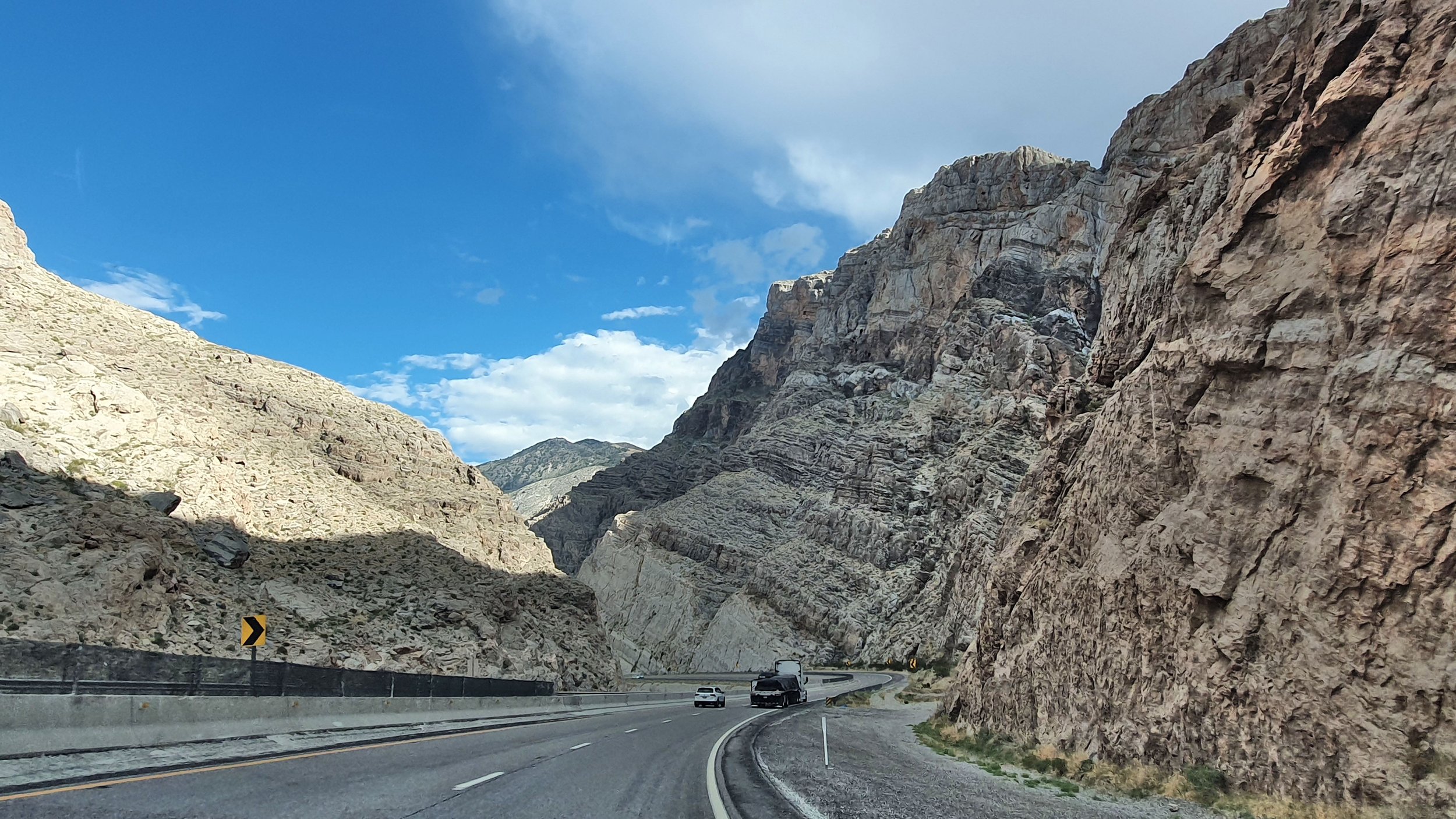
There are few places in the world that offer a more staggering contrast than this two-and-a-half-hour drive, which begins in the heart of large-as-life Las Vegas and ends up in the land of the dinosaurs, millions of years in the past.
The journey could not be more straightforward – a non-stop run of 146-miles, mostly along a four-lane freeway – but while an Interstate is not the first place you would think of going for a scenic drive, this section of the I-15 is something else.
Running nearly the entire length of Western America, the I-15 travels 1,400 miles through six states, from the Mexican border right up to Canada. We pick it up in Nevada, just off Las Vegas Boulevard, but it’s not long before we are out in the flat, arid desert, with the city just a distant dot in the rear-view mirror.
After about an hour, we cross the state line into north western Arizona and begin to close in on a distant range of hills. There is, however, little to suggest what lies ahead until the road curves right and a narrow entrance suddenly opens up.
This is the start of the Virgin River Gorge, formed back in the Paleozoic period, 540-250 million years ago, when warm, shallow seas covered the region. The gorge itself was carved by river erosion, just like Zion, Bryce and the Grand Canyon – but while much of it remains just as beautiful, this place is as much an engineering marvel as it is a natural wonder.
The cliffs were blasted out in the late 1960s to make way for this 18-mile section of road, which was completed in 1973 at a cost more than a million dollars per mile. And now offers some of the most spectacular views found on any section of any US Interstate.
As we enter the first section – known as ‘The Narrows’ – the sheer cliffs tower on either side like gates to another world. Slowly descending, we criss-cross the river multiple times to reach the canyon’s midpoint – a major geological fault line – where the scenery suddenly changes from grey, angled limestone to the type of flat red rock found in the Grand Canyon.
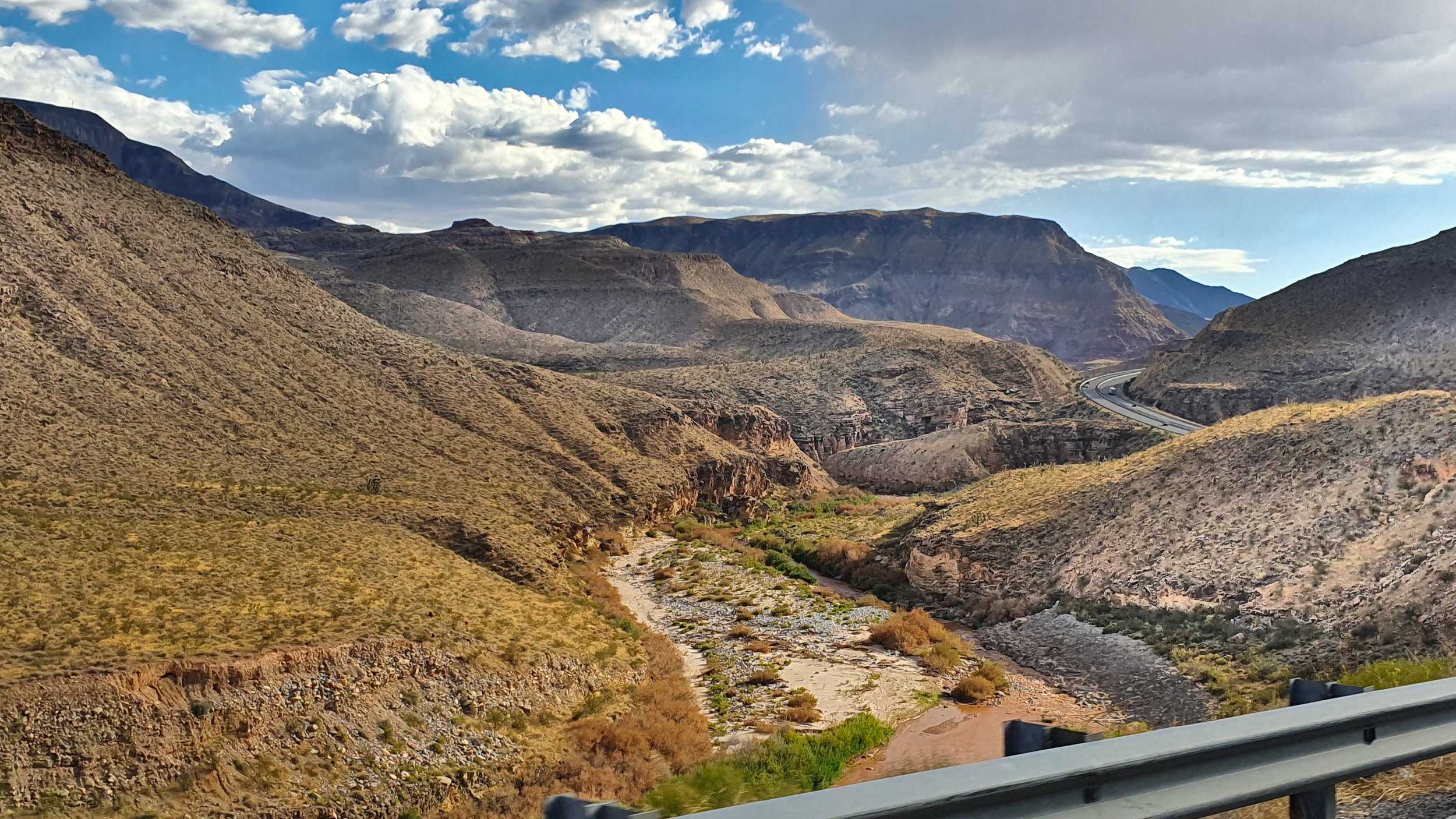
It’s hard to take stock of everything around at highway speeds – but Exit 18 offers a chance to slow down on the overpass and look back over the eroded canyons and pinnacle peaks. The nearby campground even has a few walking trails, if you have the time.
Eventually, the canyon widens onto the plateau and into the state of Utah, where our journey through time continues into another era, when dinosaurs roamed the land.
Around 45 minutes further down the road, just after St George, we branch off at Exit 13 and, guided by Google (because there are no signs to this secret location), make our way onto a bumpy pot-holed red-dust track. It feels like the end of the road – and without a high SUV it would have been – but we carefully pick our way up the hill to a small parking spot where, after a bit of searching, we find the ‘Dino Cliffs’ Trailhead.
The searing desert heat hits us as soon as we step out of the car, but fortunately our target is just 200 yards away. Through a small step over and down a dusty trail we find a flat piece of rock that once was a muddy stream bank and there, clear to see, are dinosaur footprints that looked just like they had been formed yesterday.
Our jaws drop to the floor. Seeing dinosaur fossils in a museum is one thing, but seeing the marks made by these creatures, still on the ground all these millions of years later, is on another level. They are clear trails too; some wandering straight across, others looking like they were scattering in a chase. Simply incredible.
Words & Photography Will Gray
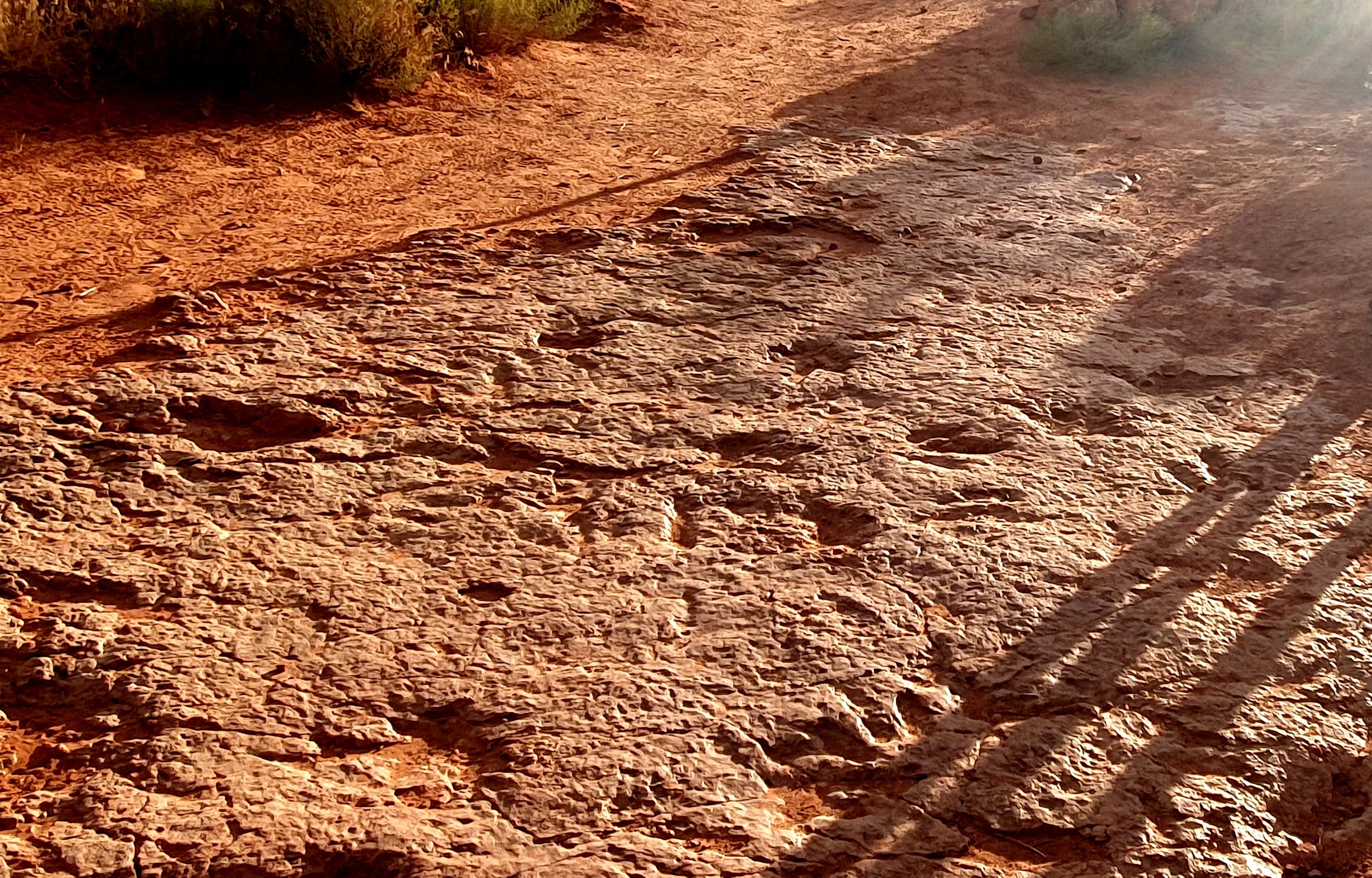
ROADBOOK
CLASS: DESERT DRIVE
NAME: DINOSAUR TRAIL
ROUTE: LAS VEGAS, Nevada TO DINO CLIFFS, utah
COUNTRY: USA
Distance: 146 Miles
It’s the end of the road for 2025 and a chance to reflect on the best road trips of the year.
Want to bed down with a brace of American classic cars? Then Frontier Vintage Station in Gillette, Wyoming is the AirBnB for you.
America’s early automobilists driving across the country would have to camp by the roadside until the Milestone Motel opened in December 1925.
Ross Robbins took his tiny Elan on a massive journey of discovery, to reach the furthest points in the contiguous Continental United States.
The Pan-American highway is much more than just a bridge between continents, it’s one of the last great driving adventures.
Take a drive around Monterey and Salinas to discover stories of Steinbeck and contemporary car culture.
Follow the greatest car chase ever captured on camera on the Bullitt route through San Francisco.
Bugatti owner Fritz Burkhard drove his $30 million 1937 Type 57 Atalante across America, making it the most valuable one-car Detour we’ve ever seen.
Tesla has opened a retro-futuristic diner in Hollywood, California, where drivers can fill up on burgers and fries while their cars guzzle electrons.
Jamie Hearne travels America’s most famous coast road with a little musical inspiration.
Thousands of road trip enthusiasts are driving the same ‘car’ across the continental United States on an epic user-generated internet Detour.
The Cherohala Skyway that runs between Tennessee and North Carolina has been named the 2025 Hagerty Road of the Year.
Some countries are actually increasing the speed limits on their roads, with Spain trialling a 93mph limit and more US states hiking the maximum velocity to 80mph.
It allegedly cost one million dollars per mile to build and there are many riches to be discovered on Colorado’s Million Dollar Highway.
Reserve your spot in advance if you want to experience the altitude of Pikes Peak, says Colorado native Ross Robbins.
An American teacher who bought a VW Golf Cabriolet in Europe nearly 40 years ago has finally headed home with her pride and joy.
Off the coast of North Carolina the Outer Banks National Scenic Byway is a drive back in time.
As he Detours across America James Hearne discovers some of the most memorable off-road routes in Utah.
Driving through towering ancient forests, Jamie Hearne finds inspiration in the sheer scale of nature.
As the journey that was 2024 nears an end, we look back on the most memorable road trips of the year.
Terror took hold of the beaches of Martha’s Vineyard in 1975 when Jaws hit cinemas. Detour tracks the infamous shark sightings and movie locations on a road trip around the Massachusetts island.
Jamie Hearne takes his mobile home to where the buffalo still roam on a road trip through Wyoming.
Carchitecture USA – American Houses with Horsepower is a celebration of the historic link between architecture and the automobile.
From the awesome oval at Daytona to the Art Deco excess of Miami Florida is a must-visit destination for any auto enthusiast.
Ask a local and they will say you have not seen the Grand Canyon unless see it from the North Rim – and there is one very special road that can take you to the best view of all, bar none. Especially if you drive it when the sun goes down.







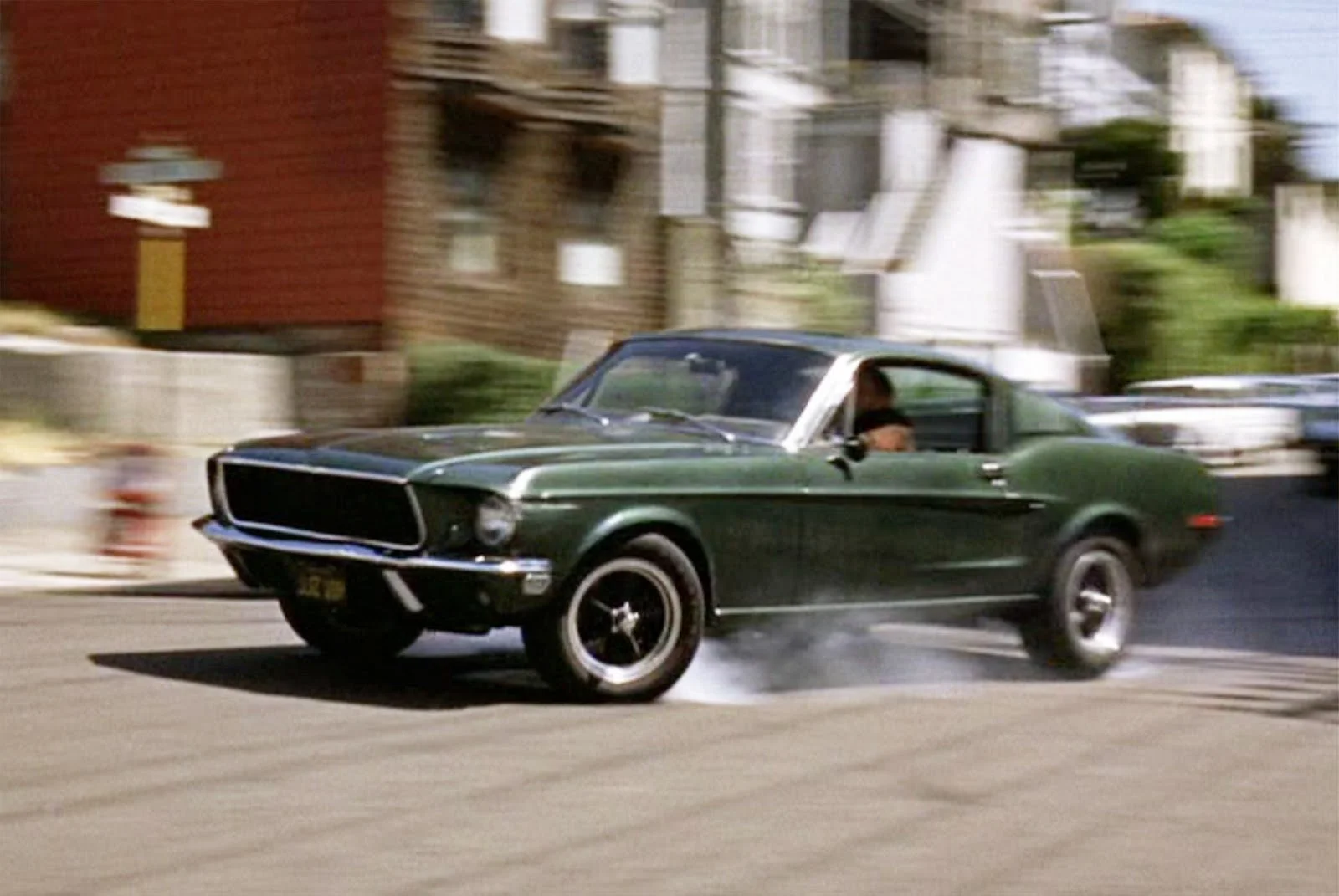











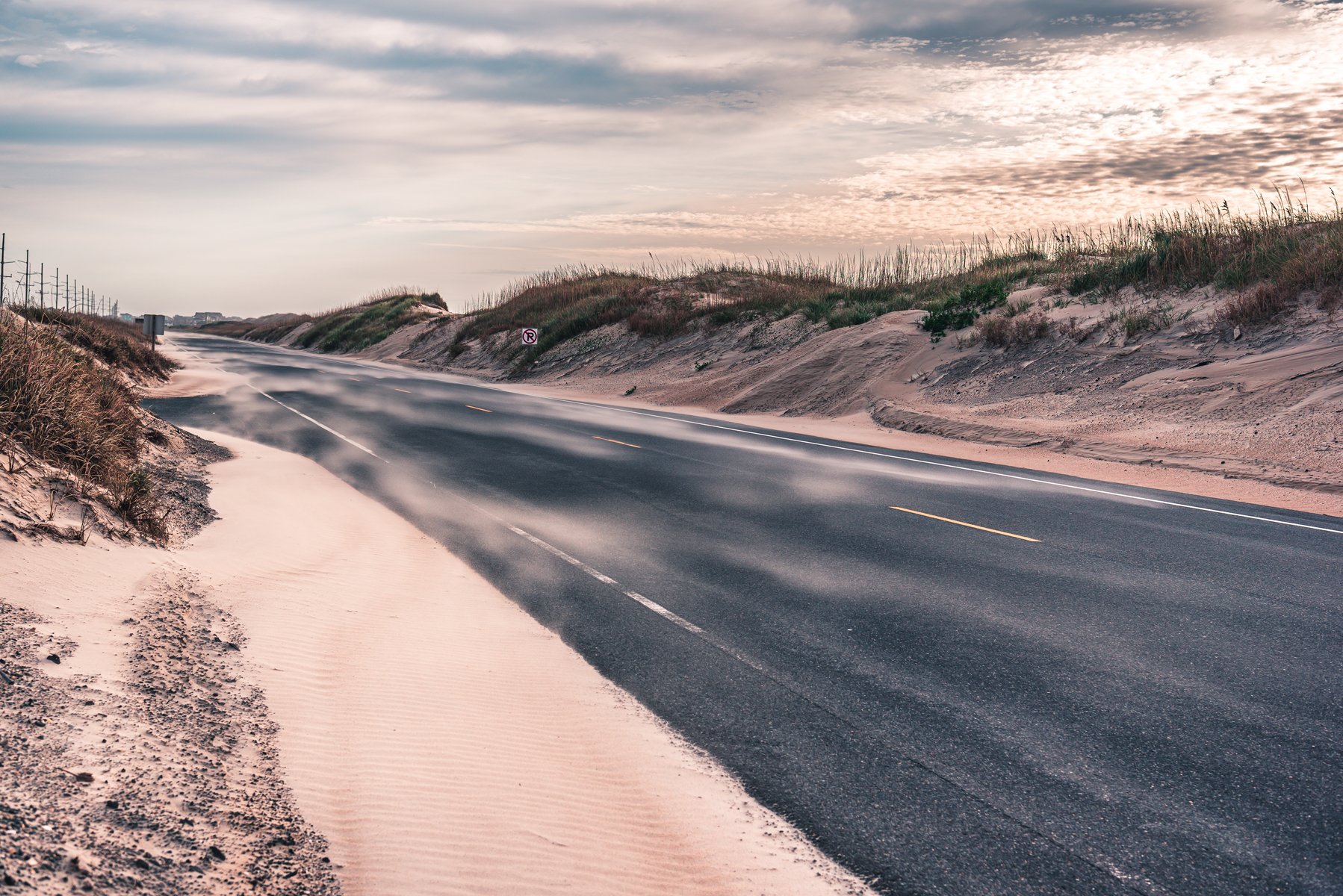

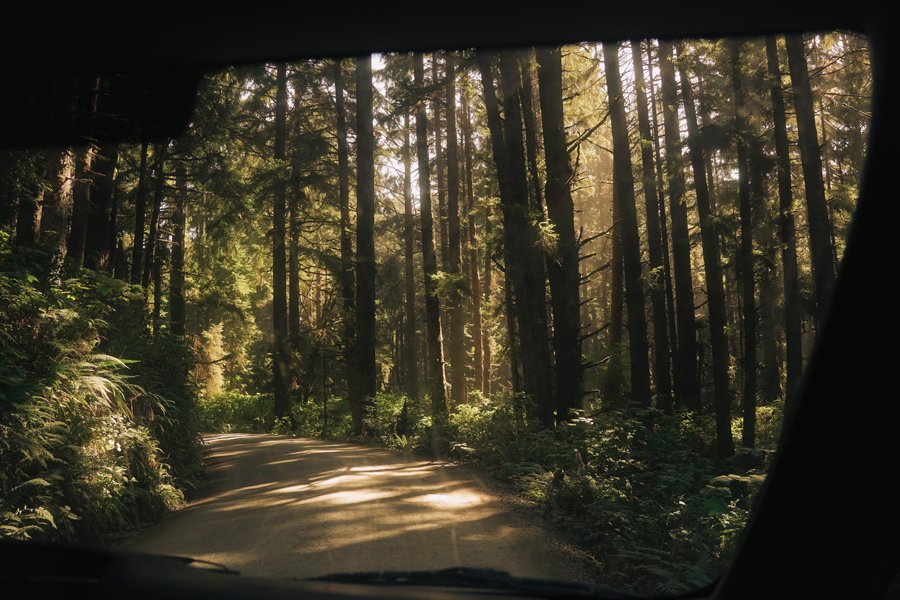

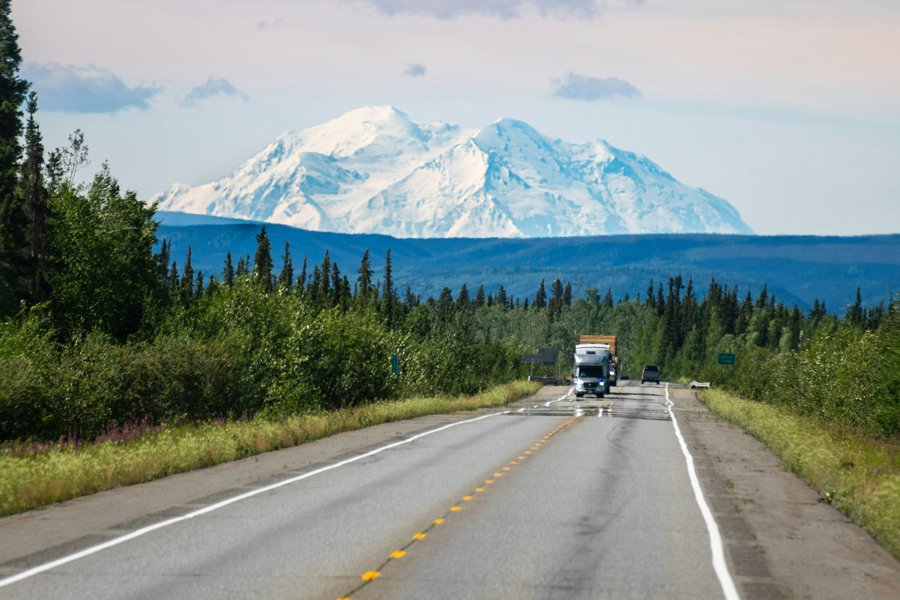

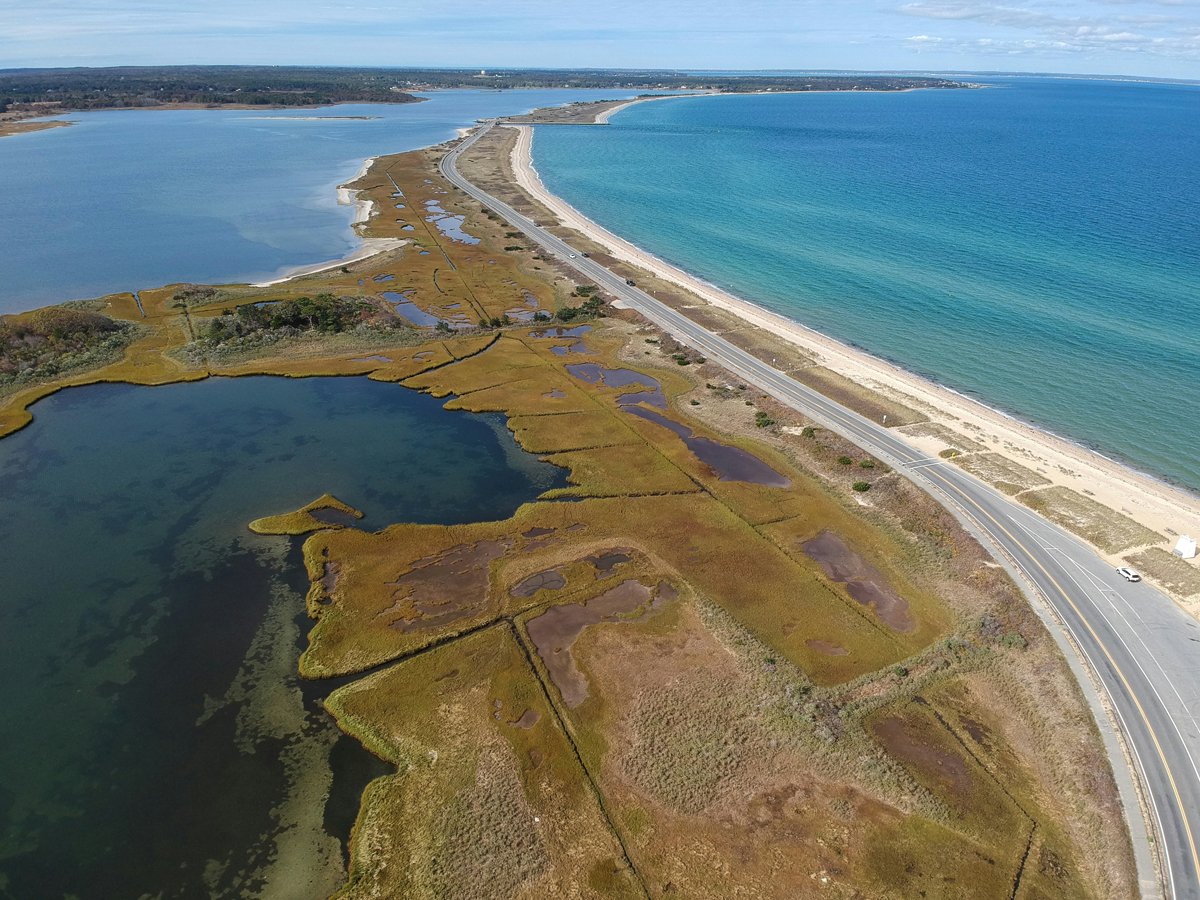

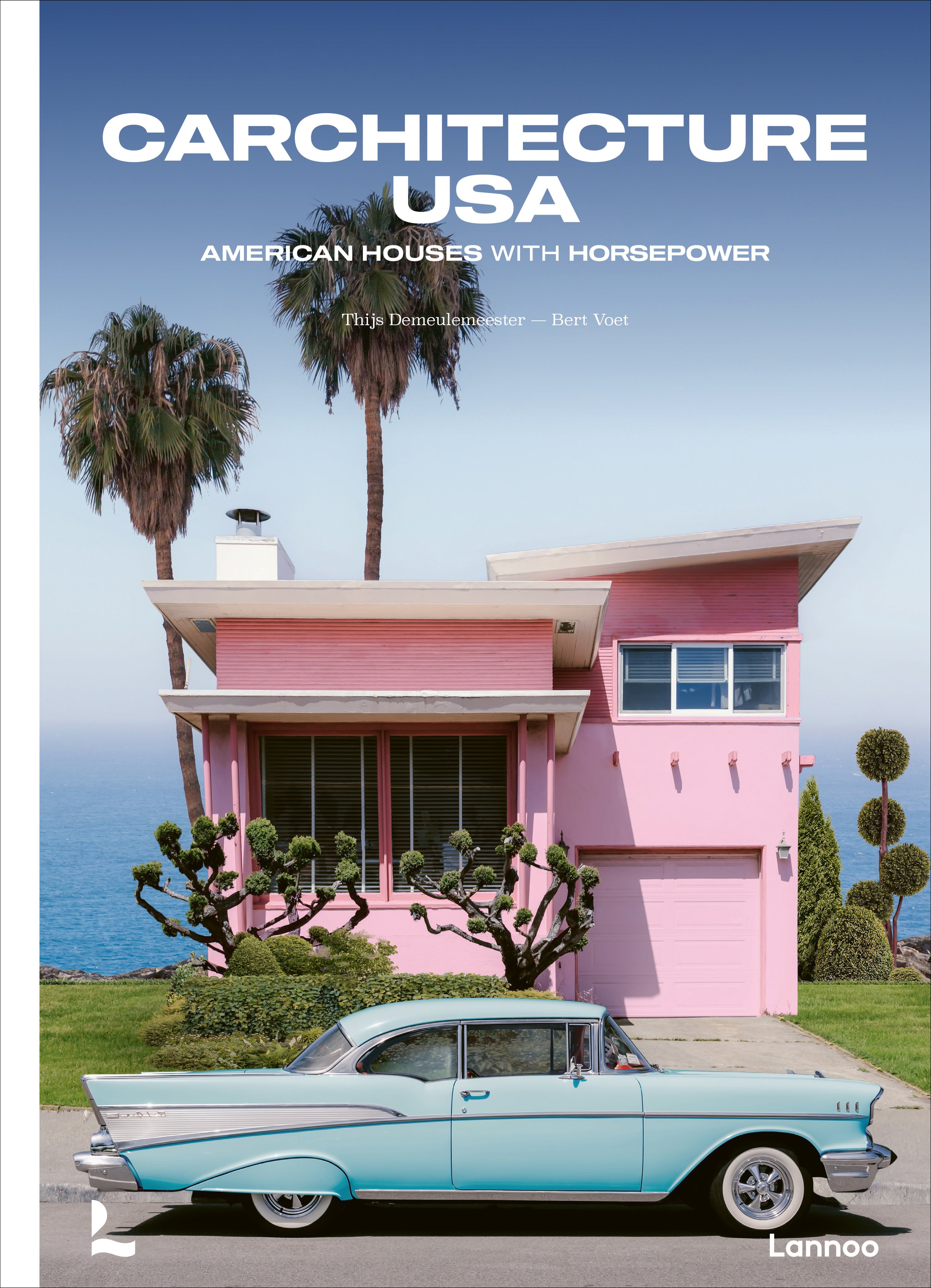


Route 66 will reach its most significant milestone in 2026 as it hits 100 years old.